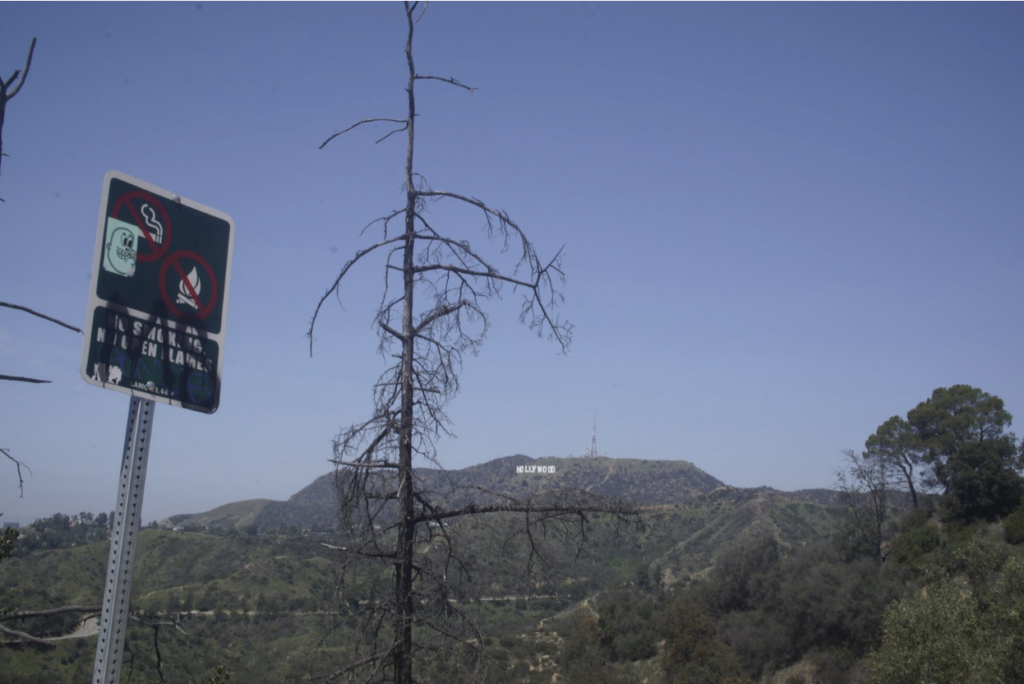
Good representation matters in film. Growing up, especially in these modern times, having media that reflects all identities is important to show children that it is okay to be yourself. All children should be able to see themselves in the heroes portrayed on the screen. Throughout the past years, superhero films have made an effort to shift away from just white guys, such as Superman and Iron Man. Now, we see characters like Black Panther and Shang-Chi. According to a UCLA Newsroom report in 2011, more than 50% of films had casts with less than 11% diversity, compared to 2020, where just under 10% of films had that low level of diversity within the cast. This change is representative of the time, but, although it is progress, the way in which diversity is represented is inaccurate to the country in most cases.
“Diverse” means variety, yet these supposedly diverse films are one dimensional. In these “diverse” superhero movies, there is a clear focus on a minority group. This focus is good to show perspective, but the minority becomes the majority. There is little, if any, integration, which is not representative of the real world. In the real world, people of different races are present. Integration is very important to show because it can lessen the feelings of the division between racial groups and helps to create the equal world that is talked about so often.
The roles that are given to non-white actors typically also aren’t “regular” roles. There are almost no racially ambiguous roles that get given to non-white actors. How many roles played by a Black actor are not specially meant to be played by a Black person? A handful. In an analysis by McKinsey & Company using reports from UCLA and their Center for Scholars & Storytellers, USC’s Annenberg Inclusion Initiative, Variety Insight by Variety Business Intelligence, and a Nielsen report, it was found that Black actors play only 11 percent of leading film roles and are often funneled to race-related projects, which typically receive lower investment in both production and promotion. Actors from diverse backgrounds have to play into their racial identity, often reducing them to their race. While it is important to feature diverse experiences and cultures, it keeps actors restrained to these works and does not allow them to rise to the same level as white actors who are able to show a full range of talent.
The representation within diverse films is also not solely race. There is a correlation between characters of color and other minorities. A study by GLAAD found that more LGBTQ characters are people of color than white. It is good to see racially diverse queer characters, however it makes me wonder if the people in charge are just checking off boxes.
As someone who falls into a range of different, unique boxes, I often find myself worrying about whether people are actually looking at me, or just the diverse quotas they can meet with me. Do they want me for me or for my identities? On forms asking about my identities, I consider not responding to those questions, simply because I do not want that to affect others’ perceptions of me. I know that in those instances sharing my diverse identities could benefit me, yet I still choose not to because I hate being reduced to a part of me that I have no control over. Embracing identities is one thing, simply appeasing people calling for equality and justice is another.
People should not have to have their identity dictate their future. This is, at its core, what has been happening for many years, and some say we are past that just from statistics, but we are not. The diversity we see in films today is still indicative of a past where people are segregated based solely on identity. Diversity needs to mean integration into a variety of films where actors can get cast not just because of their visible identity. This is not justice, equality, or good representation.
Sources
- https://newsroom.ucla.edu/releases/2021-hollywood-diversity-report
- https://www.mckinsey.com/featured-insights/diversity-and-inclusion/black-representation-in-film-and-tv-the-challenges-and-impact-of-increasing-diversity
- https://www.glaad.org/releases/glaads-where-we-are-tv-2020-2021-report-despite-tumultuous-year-television-lgbtq
